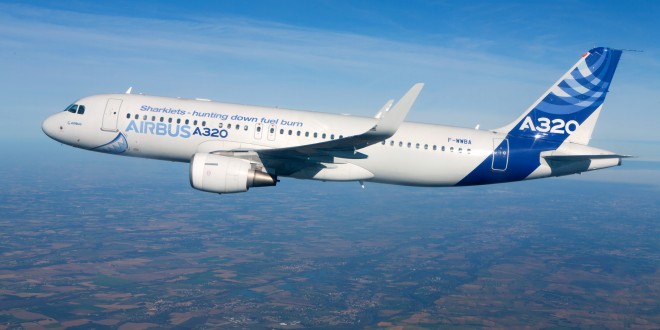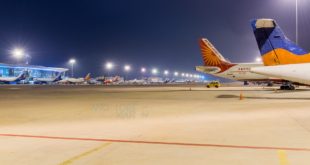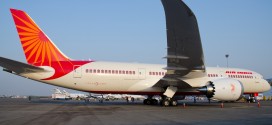With GDP currently growing above the world average (3.6 percent per year over the last two years, versus 2.6 percent for the world) socio-economic indicators forecast that Latin America’s middle class will grow to represent more than half of the population by 2032. Between 2012 and 2020, Latin America’s economy is expected to outperform the world average, largely thanks to Mexico and Brazil’s consumer spending. As a result, traffic growth in Latin America in the next 20 years is expected to outperform the world average of 4.7 percent with an annual growth rate of 5.2 percent.
A growing middle class and increased consumer spending have led to air transport becoming more accessible throughout Latin America in the past 10 years, increasing 14 percent in terms of total number of cities served. Still, while almost 100 percent of the 20 largest cities in North America and Europe connect passengers with at least one flight per day, only 40 percent of Latin America’s top 20 cities do the same. As a result, in the next 20 years, intra-regional and domestic traffic is expected to grow at an impressive rate of 6.3 percent, becoming the biggest market for Latin American carriers.
This untapped intra-regional potential partly explains why Airbus forecasts that in the next 20 years two-thirds of the population in emerging markets will take a trip a year, positioning Latin American airlines to enjoy the second highest traffic growth rates worldwide, after Middle Eastern airlines.
While 10 of the 92 worldwide aviation mega-cities with over 10,000 international passengers a day will be in Latin America by 2032, additional opportunities exist for Latin American airlines to capitalize on. Currently, Latin America’s six largest carriers have 19 percent market share of the region’s long-haul traffic, while regions like North America and Europe enjoy nearly 40 percent.
Rafael Alonso, Executive Vice President of Airbus for Latin America and the Caribbean said:
“Very large aircraft, such as the A380, not only help alleviate traffic congestion at busy airports, but they can assist Latin American airlines to compete with their foreign competitors. At the same time the A380 addresses international air traffic requirements needed to serve long-haul flights to Europe.”
Another prevalent trend in Latin America is the rise of low cost carriers (LCC), which accounts for nearly 40 percent of the market share of total air traffic in the region, up from just 12 percent in 2003, with Mexico and Brazil representing nearly the entire market. A highly competitive LCC market has led airlines to constantly seek the most efficient aircraft available, largely driving the average age of Latin America’s in-service fleet to 9.5 years, down 42 percent since 2000, as compared to the world average age of 10.7 years.
While many Latin American airlines have gone through great efforts to maintain a young and highly-efficient fleet, the average aircraft age in Latin America could decrease further when Caribbean carriers start their renewal process.
Alonso said:
“Aircraft in the Caribbean average about 17 years of age – – that’s more than seven years older than the Latin America and world average. We’ve already started seeing some airlines in the Caribbean take advantage of current market opportunities and achieve greater operational benefits associated to newer generation aircraft. As more follow, the average aircraft age in the region will continue to drop.”
 Bangalore Aviation News, Reviews, Analysis and opinions of Indian Aviation
Bangalore Aviation News, Reviews, Analysis and opinions of Indian Aviation



